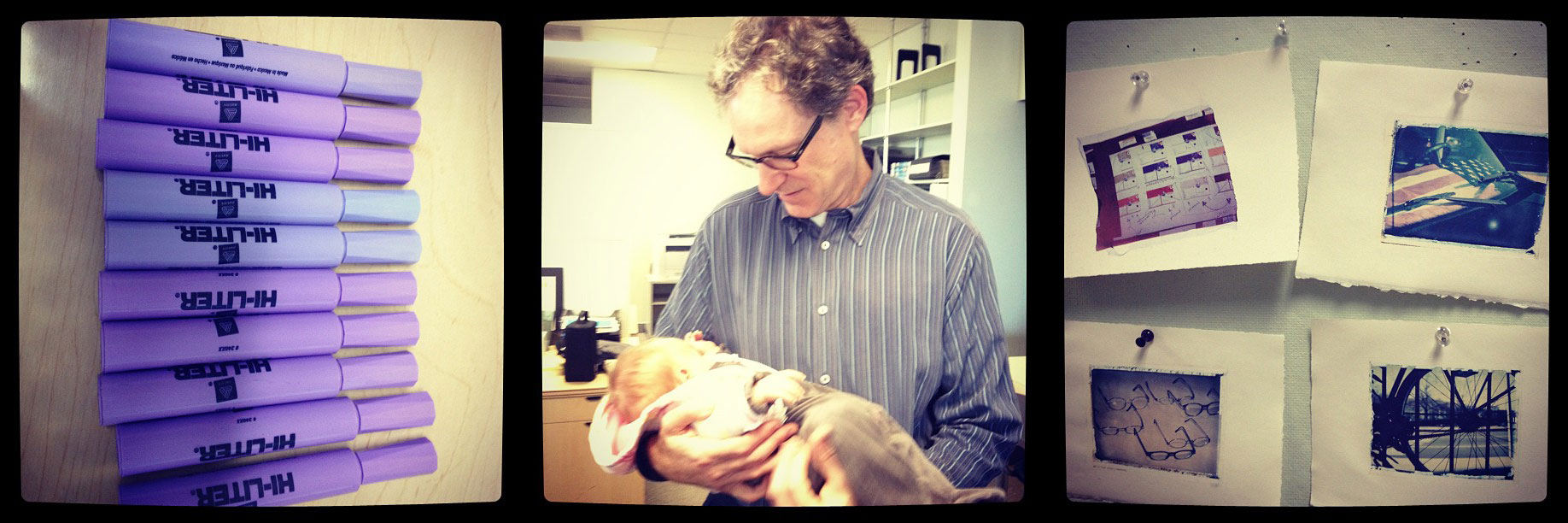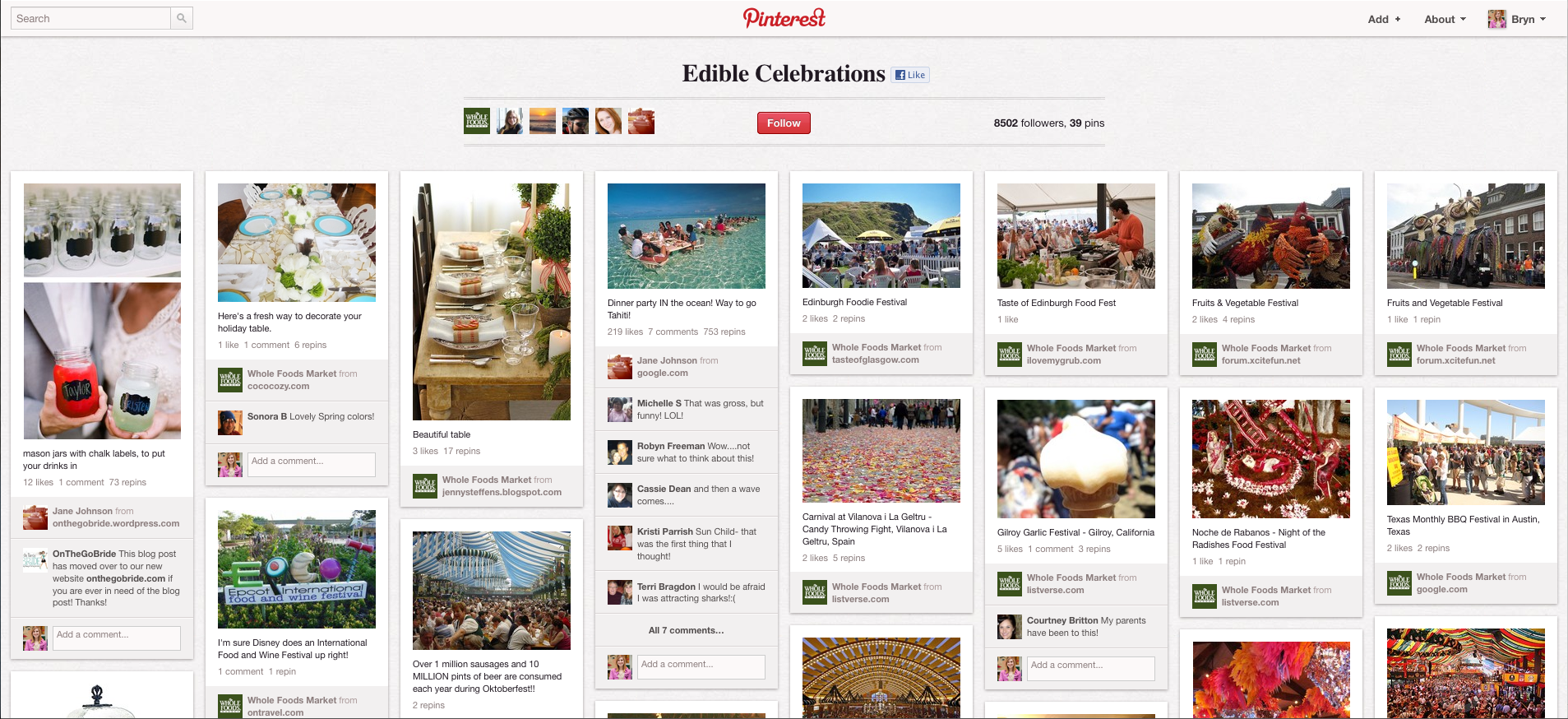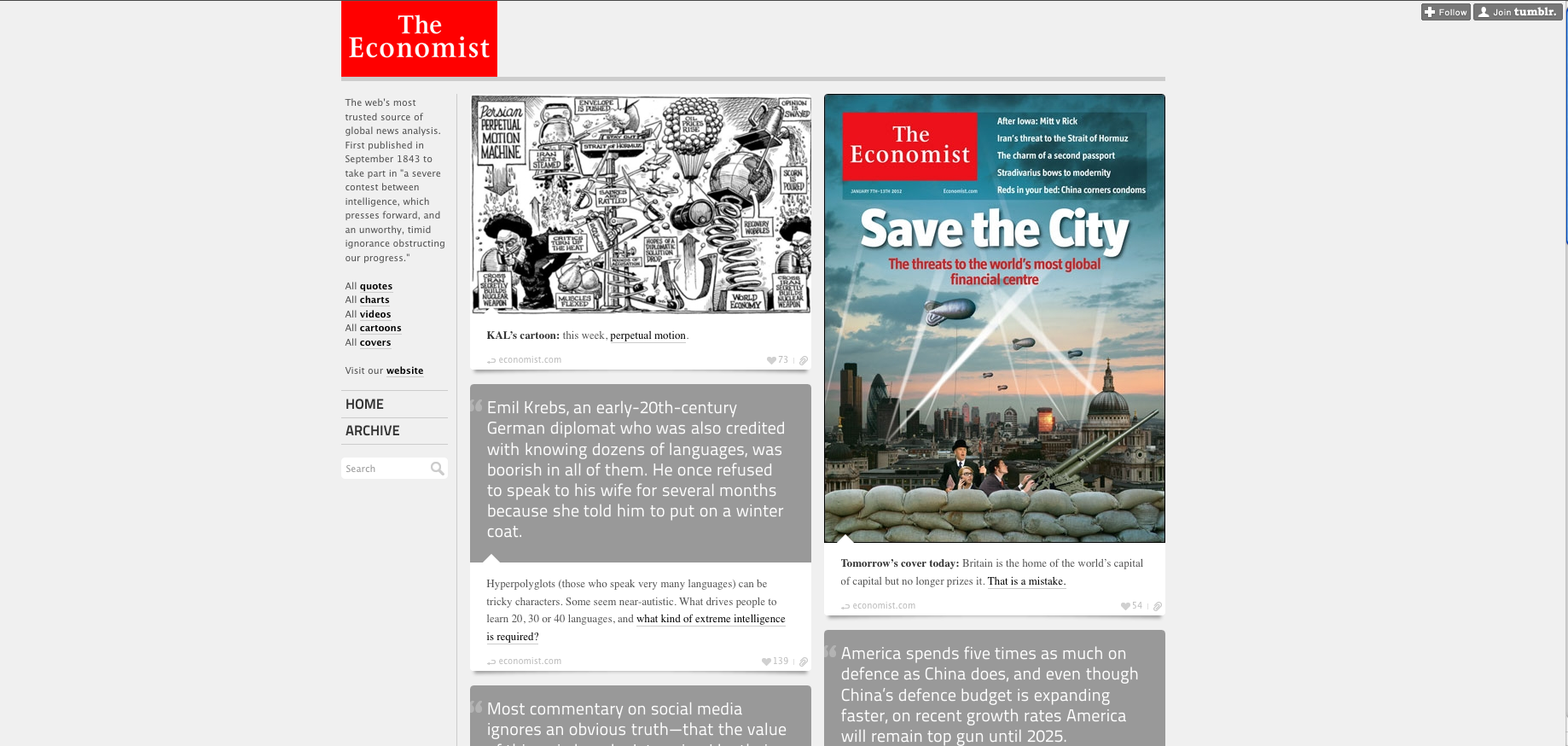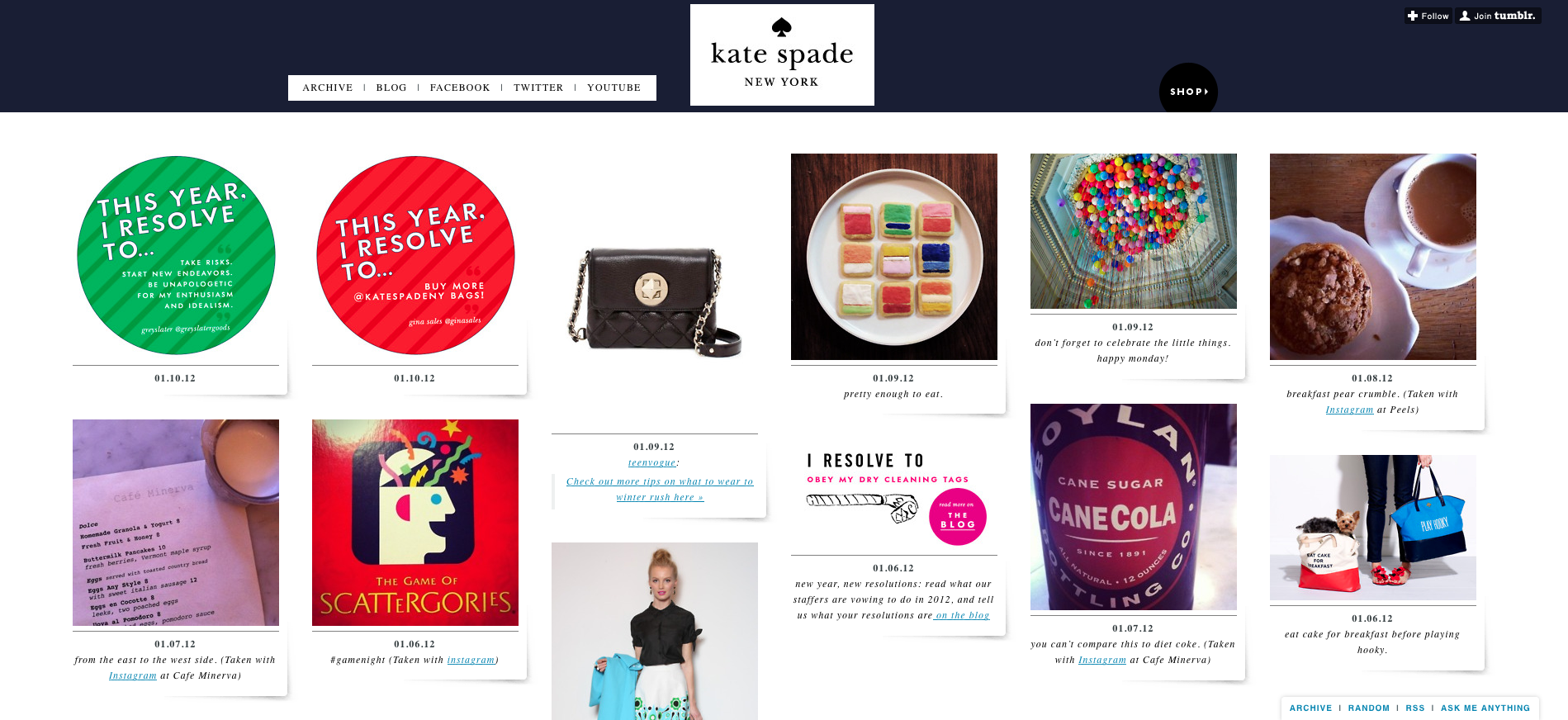Pinterest, Instagram, and Tumblr: 3 Visual Social Platforms Poised for Branded Growth in 2012
While content is king in many inbound marketing circles, certain social sharing platforms are rising to the top to be the “next big thing” by catering to a long-held design standard: people respond to visual brand representations.
In addition to content-based social media standards like Facebook, Twitter, and LinkedIn, visual sharing sites Pinterest, Instagram, and Tumblr are becoming increasingly effective in presenting an overall brand online.
Instagram had a banner year in 2011. According to TechCrunch, by March the photo filter site was adding 130,000 registered users per week to its 2.2 million user base. At the same time, users were uploading 3.6 million new photos per week – 6 photos per second.
Instagram as a tool has been used to shoot magazine editorials, by designer Rebecca Minkoff in print advertisements, and by Levi’s to crowdsource a modeling competition. In addition, most big brands are using the platform to share information about their company in a creative, personal way. News programs like the Today Show and NBC News post behind-the-scene shots of their newsroom, interesting audience members, and guests.
Time magazine uploads photos of events their covering, breaking news, and high-profile people of interest the magazine covers, including, in the last week, Mitt Romney after his Iowa caucus win. In another interesting piece of news, President Obama was said to have newsjacked the Iowa caucus results by joining Instagram on the same day.
At RainCastle, we like to share photos of our office (including generous gifts of purple highlighters from my coworkers), social work events, and exciting team additions.

Pinterest is the new kid in town in the group, and the week of December 17 had 11 million visits. A repository of images, Pinterest allows you to “pin” or “repin” anything that you find interesting according to separate boards you can create.
Pinterest is a great place to demonstrate interest outside of strictly your products or services. Whole Foods, for example, doesn’t pin photos of their stores or a particularly good-looking apple found in a California location, but rather creates boards according to themes involving food: Sweet Tooth (photos and recipes of deserts), How Does Your Garden Grow? (inspirational and beautiful gardens from around the world), and Edible Celebrations (weddings, parties, and festivals that involve inventive meals or treats).

Because these photos don’t originate from Pinterest or necessarily the brand at hand, it gives companies the opportunity to interact with bloggers, publications, and other Pinterest users to cumulate content.
It’s also a great way to encourage customers to showcase their ideas, how they use your products, or their own visual identities that ultimately gives you greater insight into the mind of the consumer.
Tumblr
Tumblr is essentially a blog, but instead of articles collects images, quotes, memes, gifs (moving images), and other forms of bite-sized media that mainly reflect pop culture. It currently has over 20 million blogs, and as of last July over 13 million unique visitors per month. The platform allows for an enormous amount of expression flexibility in what you want to communicate as a brand.
So it’s not surprising that most brands populating Tumblr at the moment are media or fashion companies. The Economist, in particular, takes full advantage of the Tumblr atmosphere to promote small-scale pop culture, news, or human-interest stories, in addition to relevant bite-sized media.

Additionally, Kate Spade in their brand image overhaul over the past few years, has jumped on the Tumblr bandwagon, sharing media that supports their overall “live colorfully” theme and the motto of the Kate Spade woman: “We love colored tights and sparkly heels, festive fêtes and tables for two, we believe in celebrations big and small.”

Kate Spade uses the expression at their disposal with Tumblr to assign visual meaning to this brand message.
The Return of Visual Identity
These three sites evolve the initial concept of social media for brands: to build and showcase brand personality in a way that communicates effectively with consumers. These platforms ultimately act as extension’s of the brand’s website, and work as a system of visual identity, as each site offers different potential.
If you’re looking to reach out to customers in a more personal manner, want to expand your visual brand identity, or are interested in monitoring trends in your industry, consider adding these platforms to your collateral.
What have your personal or professional experiences with these sites consisted of?
